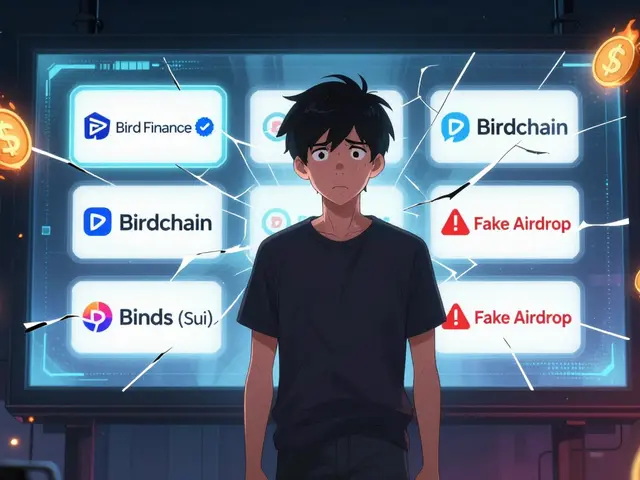Blockchain Scaling: Solutions, Challenges, and What Works Today
When you hear blockchain scaling, the process of increasing how many transactions a blockchain can handle without slowing down or getting too expensive. Also known as network throughput improvement, it’s what keeps crypto from turning into a digital traffic jam. Bitcoin and Ethereum started slow on purpose—security first. But now, millions of users want to send payments, trade NFTs, or play games on-chain, and the old models can’t keep up. That’s where scaling comes in: not just making blocks bigger, but rethinking how networks communicate, validate, and share work.
One major approach is Layer 2 solutions, systems built on top of a main blockchain to handle transactions off-chain and then settle them back securely. Think of them like express lanes that bundle hundreds of rides into one highway entry. Projects like Polygon and Arbitrum use this to cut fees and speed up trades. Then there’s modular blockchain, a design where different parts of the blockchain—like execution, data availability, and consensus—are split into specialized layers. This lets each part scale independently. Polkadot and Celestia are built this way, letting developers pick the best tools for their job instead of being stuck with one all-in-one system. And when these chains need to talk to each other, that’s where cross-chain interoperability, the ability for different blockchains to exchange data and value securely becomes critical. Without it, you’re stuck in silos—like having a phone that only works on one carrier.
But scaling isn’t just tech. It’s trade-offs. Faster chains often mean less decentralization. More complex systems mean more things that can break. Some projects promise miracles but deliver empty wallets or hacked bridges. That’s why you’ll find posts here that dig into real cases—like how modular chains enable true interoperability, why some Layer 2s fail under pressure, and what happens when a chain tries to do everything at once. You’ll also see how these concepts connect to restaking, NFT standards, and even crypto exchange security. This isn’t theory. It’s what’s happening right now, in live networks, with real money at stake. Below, you’ll find guides that cut through the hype and show you what actually works—and what’s just noise.
Understanding L1‑L2 Bridges: How Ethereum Scaling Really Works
Learn how L1‑L2 bridges connect Ethereum's base layer to scaling solutions, the tech behind optimistic and zk‑rollups, security trade‑offs, and future trends.












